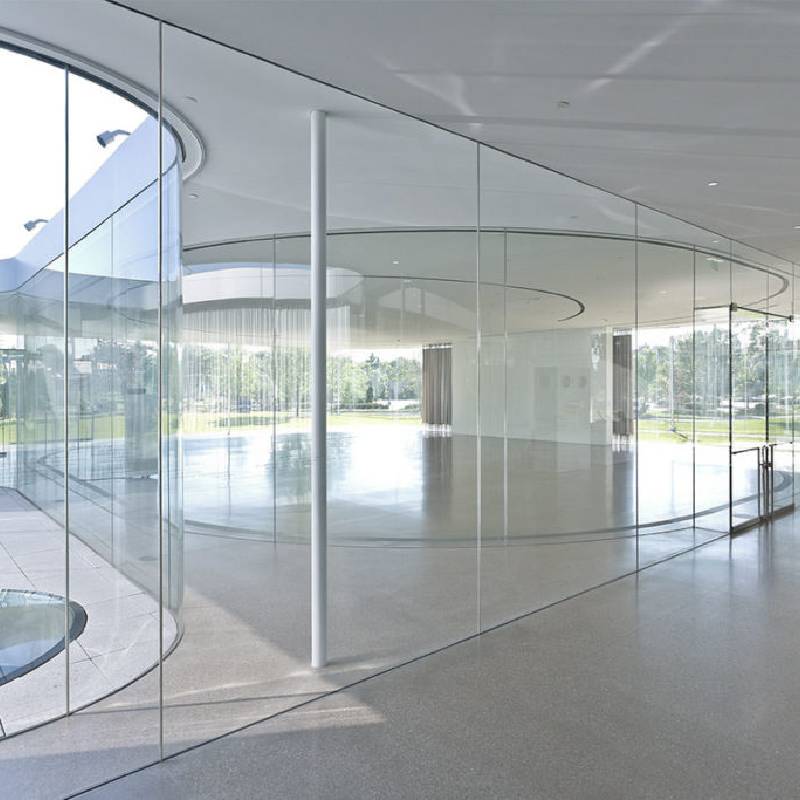

Exploring Float Glass Designs A Blend of Functionality and Aesthetics
Float glass, known for its optical clarity and uniform thickness, is a cornerstone in modern architecture and interior design. Its production involves a fascinating process where molten glass is floated on molten tin, resulting in a smooth and flat surface with minimal distortion. Over the years, float glass has transformed the way we approach design, providing a versatile medium for both functional and aesthetic applications.
One of the most striking aspects of float glass is its transparency, which allows natural light to permeate spaces, creating an airy and open atmosphere. Designers capitalize on this feature to create spaces that feel larger and more connected to the outdoors. Large glass windows and facades are popular in contemporary architecture, blurring the lines between indoor and outdoor environments. This seamless integration not only enhances the visual appeal but also improves energy efficiency by maximizing daylight use.
Exploring Float Glass Designs A Blend of Functionality and Aesthetics
Another exciting development in float glass design is the advent of smart glass technology. This cutting-edge innovation allows glass to change its properties in response to environmental conditions. For instance, electrochromic glass can be tinted on demand, providing privacy and solar control without compromising on natural light. This adaptability not only enhances the comfort of a space but also contributes to sustainability efforts by reducing the need for artificial lighting and cooling.

Float glass is not just limited to windows and facades; it also finds its way into various interior applications. Glass partitions, for example, are increasingly popular in office environments, facilitating a collaborative yet private workspace. These partitions can feature custom graphics or frosted designs, ensuring that employees maintain focus while still enjoying the benefits of an open layout. In residential settings, glass railings, shower enclosures, and tabletops serve both practical and decorative purposes, elevating the overall aesthetic of the home.
Moreover, float glass is an excellent canvas for artistic expression. Artists and designers are leveraging this material to create stunning installations and sculptures, pushing the boundaries of conventional design. From intricate glass artwork to modern lighting fixtures, the versatility of float glass allows for endless creativity. This trend has resulted in a burgeoning market for custom glass pieces, appealing to homeowners and businesses looking to make a statement.
As we look to the future, the potential of float glass continues to expand. Sustainable practices in glass production are becoming increasingly important, with efforts to reduce emissions and energy consumption. Advances in recycling technologies also show promise in creating a circular economy around float glass, ensuring that this beautiful and functional material remains a mainstay in our built environment.
In conclusion, float glass designs represent a dynamic interplay of functionality and artistic expression. With its unmatched clarity, versatility, and potential for innovation, float glass is set to play a pivotal role in shaping the future of architecture and interior design. Whether through grand architectural statements or subtle interior elements, float glass continues to inspire creativity, transforming our spaces into works of art.